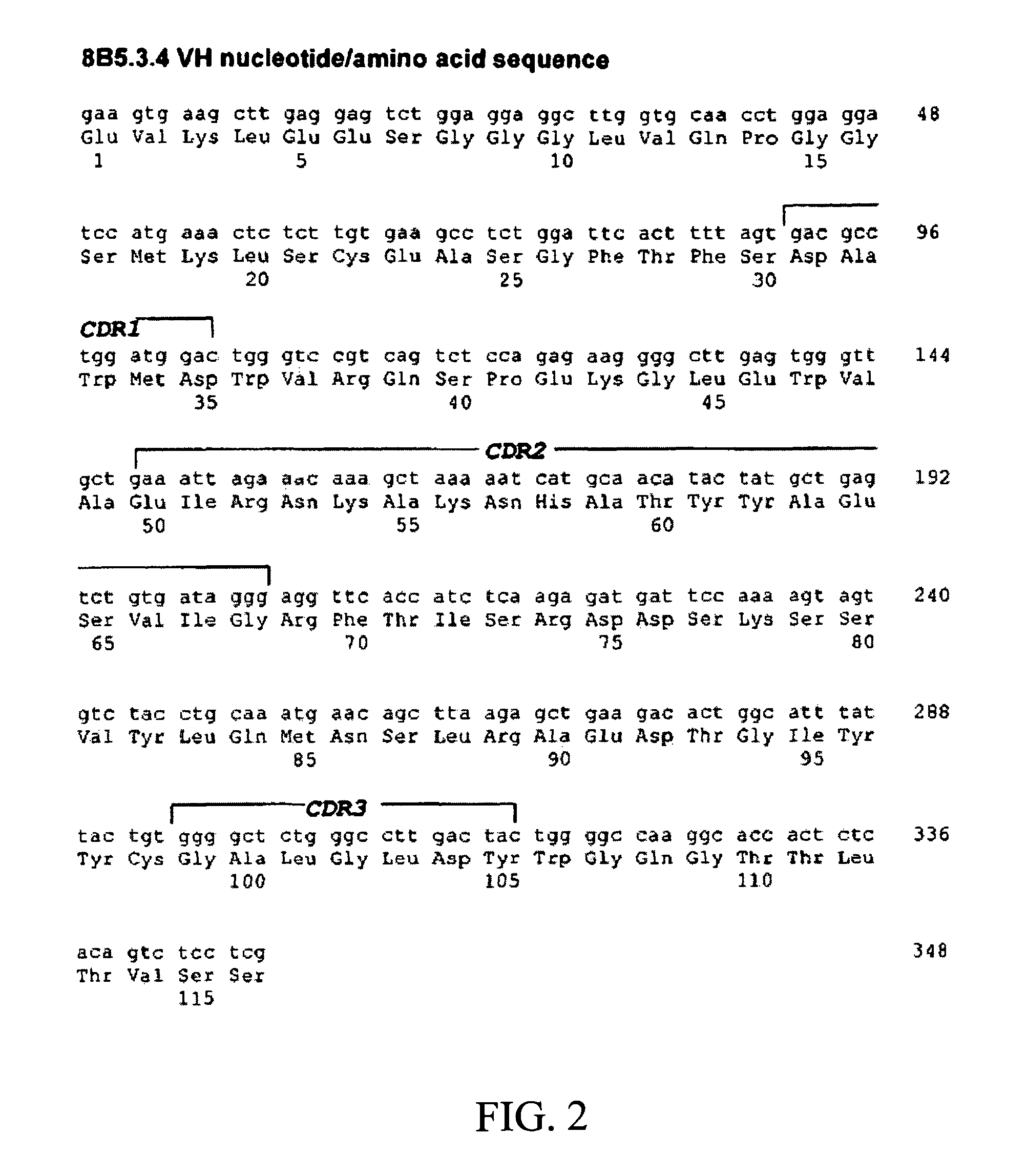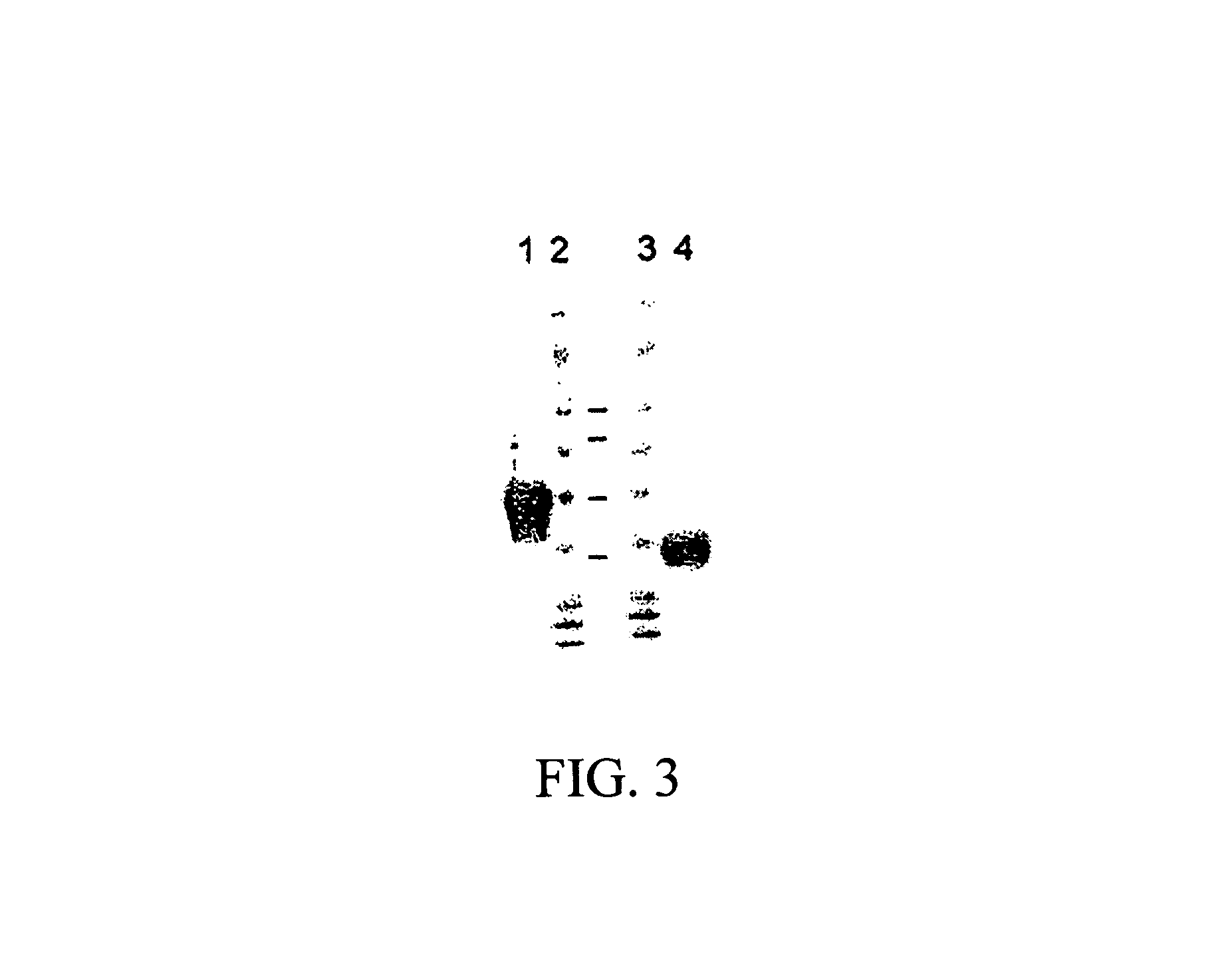Identification and engineering of antibodies with variant Fc regions and methods of using same
a technology of variant fc region and antibody, applied in the field of molecules, can solve the problems of increasing destruction, affecting and presenting serious side effects, and enhancing the efficacy of infectious disease treatment, so as to enhance the effect of phagocytosis and/or opsonization of infectious agents, and enhance the effect of antibody effector function
- Summary
- Abstract
- Description
- Claims
- Application Information
AI Technical Summary
Benefits of technology
Problems solved by technology
Method used
Image
Examples
Embodiment Construction
[0192]The present invention relates to molecules, preferably polypeptides, and more preferably immunoglobulins (e.g., antibodies), comprising a variant Fc region, having one or more amino acid modifications (e.g., substitutions, but also including insertions or deletions) in one or more regions, which modifications alter, e.g., increase or decrease, the affinity of the variant Fc region for an FcγR. In some embodiments, the invention comprises modifications to the Fc region including but not limited to any of the modifications disclosed in U.S. application Ser. No. 10 / 754,922 filed Jan. 9, 2004; U.S. Provisional Application Ser. No. 60 / 439,498 filed Jan. 9, 2003; U.S. Provisional Application Ser. No. 60 / 456,041 filed Mar. 19, 2003; U.S. Provisional Application Ser. No. 60 / 514,549 filed Oct. 23, 2003 and U.S. Provisional Application Ser. No. 60 / 587,251 filed Jul. 12, 2004. Each of the above mentioned applications is incorporated herein by reference in its entirety. In some embodiment...
PUM
| Property | Measurement | Unit |
|---|---|---|
| affinity | aaaaa | aaaaa |
| nucleic acid | aaaaa | aaaaa |
Abstract
Description
Claims
Application Information
 Login to View More
Login to View More - R&D
- Intellectual Property
- Life Sciences
- Materials
- Tech Scout
- Unparalleled Data Quality
- Higher Quality Content
- 60% Fewer Hallucinations
Browse by: Latest US Patents, China's latest patents, Technical Efficacy Thesaurus, Application Domain, Technology Topic, Popular Technical Reports.
© 2025 PatSnap. All rights reserved.Legal|Privacy policy|Modern Slavery Act Transparency Statement|Sitemap|About US| Contact US: help@patsnap.com



